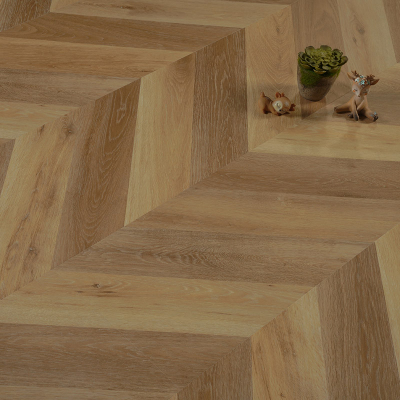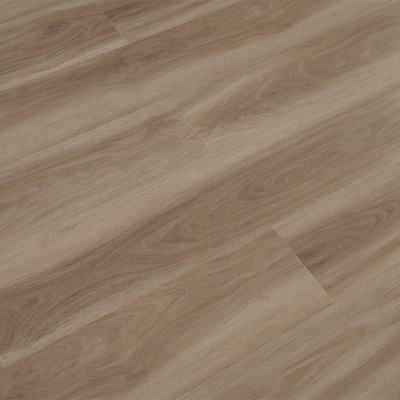Waterproof Flooring Underlayment Recommendations
Waterproof Flooring Underlayment Recommendations: A Technical and Comprehensive Guide
Introduction
Selecting the right waterproof flooring underlayment is crucial for ensuring the durability, comfort, and performance of flooring systems, particularly in moisture-prone environments. This article provides a detailed examination of waterproof underlayment options, emphasizing engineering principles, material specifications, regulatory standards, and installation best practices. Our objective is to guide architects, contractors, and facility managers in choosing the most appropriate waterproof underlayment solutions to optimize floor performance and longevity.
What Is Waterproof Flooring Underlayment?
Underlayment is a thin layer of material installed between the subfloor and the finished flooring. Waterproof underlayment serves multiple functions:
Acts as a moisture barrier to prevent water vapor from penetrating the flooring.
Provides cushioning and sound absorption.
Enhances thermal insulation.
Improves floor flatness and stability.
Key Materials and Types of Waterproof Underlayment
1. Foam-Based Underlayment with Vapor Barrier
Composition: Polyethylene (PE) foam with an integrated polyethylene vapor barrier layer.
Advantages: Lightweight, flexible, excellent moisture resistance.
Typical Use: Laminate, engineered wood, and luxury vinyl tile (LVT) flooring.
2. Rubber Underlayment
Composition: Natural or synthetic rubber sheets.
Advantages: Superior sound dampening, moisture resistance, durability.
Typical Use: High-traffic commercial areas or where enhanced acoustic control is needed.
3. Cork Underlayment with Waterproof Membrane
Composition: Natural cork combined with a thin waterproof membrane.
Advantages: Eco-friendly, thermal insulation, moderate moisture protection.
Typical Use: Residential installations where sustainability is prioritized.
4. Felt and Fiberboard Underlayment with Added Waterproof Layer
Composition: Compressed fibers or felt impregnated with water-resistant additives.
Advantages: Provides cushioning and modest moisture resistance.
Typical Use: Some engineered hardwood flooring applications.
Engineering Principles Behind Waterproof Underlayment
Moisture Vapor Transmission Rate (MVTR): The effectiveness of underlayment in blocking moisture is measured by MVTR. Lower values indicate superior waterproofing. Industry standards recommend MVTR ≤ 0.1 perms for subfloor moisture barriers.
Compressive Strength: Underlayment must withstand compressive loads without deformation, particularly under heavy furniture or equipment.
Thermal Resistance (R-value): Underlayment with higher R-values contributes to improved energy efficiency and comfort.
Acoustic Performance: Sound transmission class (STC) ratings are critical in multi-unit dwellings to minimize noise transmission.
Industry Standards and Compliance
ASTM F3010: Standard specification for liquid-applied moisture vapor barriers used under resilient flooring.
ASTM E96: Standard test methods for water vapor transmission of materials.
ANSI A118.12: Specification for crack isolation membranes and underlayments.
FloorScore Certification: Ensures low VOC emissions for indoor air quality compliance.
Compliance with these standards ensures that the selected waterproof underlayment meets performance, safety, and environmental requirements.
Installation Considerations and Best Practices
Subfloor Preparation: The subfloor must be clean, dry, and structurally sound to ensure proper adhesion and performance.
Seam Treatment: Overlapping seams and sealing with manufacturer-approved tapes prevent moisture ingress.
Compatibility: Underlayment must be compatible with the chosen flooring material to avoid chemical reactions or performance degradation.
Thickness Selection: Balancing cushioning with structural stability is critical. Typical thickness ranges from 1.5 mm to 6 mm.
Expansion Gaps: Allow appropriate perimeter gaps per flooring manufacturer guidelines to accommodate thermal expansion.
Case Study Example
A multi-family residential project in a humid climate utilized a polyethylene foam underlayment with a high-integrity vapor barrier beneath laminate flooring. Key outcomes included:
MVTR reduced to 0.05 perms, preventing subfloor moisture penetration.
A 30% reduction in impact noise transmission.
Enhanced occupant comfort due to improved thermal insulation.
Zero incidences of mold or flooring failure after 5 years.
Frequently Asked Questions (FAQs)
Q1: Can waterproof underlayment be installed over concrete?
A1: Yes, waterproof underlayments with effective vapor barriers are recommended over concrete to prevent moisture migration into the flooring.
Q2: Is waterproof underlayment necessary for vinyl flooring?
A2: While many vinyl products are inherently water-resistant, waterproof underlayment can improve comfort, reduce noise, and provide additional moisture protection.
Q3: How does underlayment affect warranty coverage?
A3: Using manufacturer-approved underlayment is often a condition for maintaining flooring warranties.
Q4: What is the lifespan of waterproof underlayment?
A4: High-quality underlayment typically lasts the lifetime of the flooring system, often 20+ years, provided proper installation and subfloor conditions.
Conclusion and Professional Call to Action
Selecting the right waterproof flooring underlayment is essential for maximizing floor durability, comfort, and indoor air quality, especially in moisture-sensitive environments. By adhering to industry standards and leveraging advanced materials, stakeholders can ensure long-term performance and occupant satisfaction.
We recommend consulting with flooring professionals and material specialists to identify underlayment solutions tailored to your specific project needs and environmental conditions.





